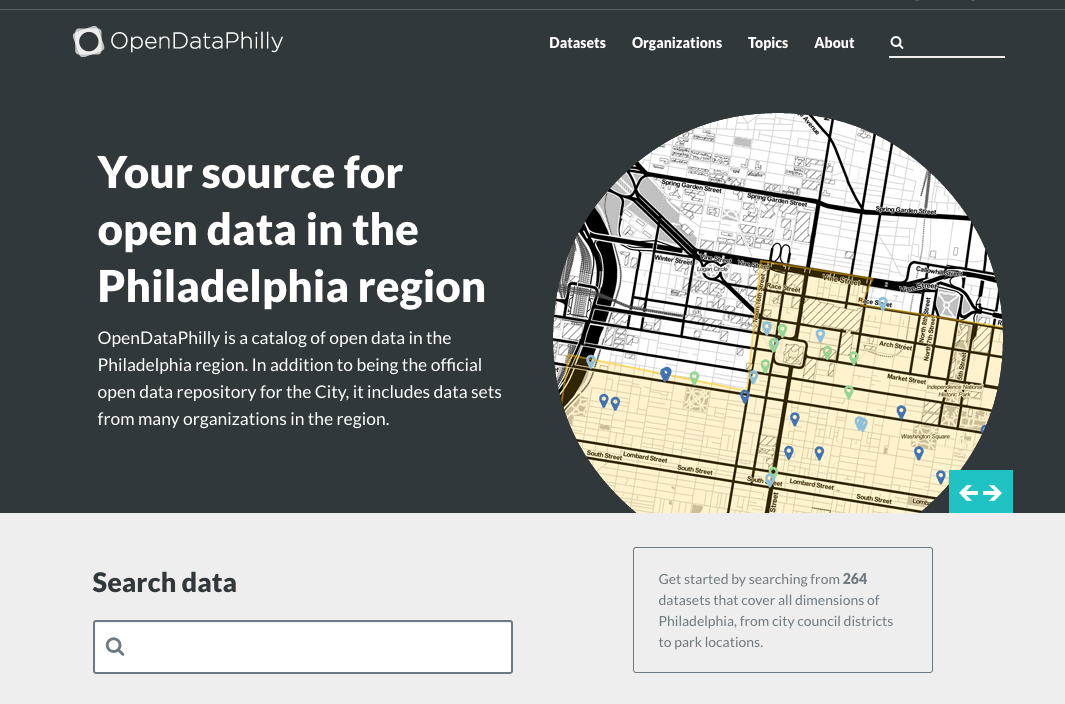“The Encyclopedia of Social Network Analysis and Mining (ESNAM) is the first major reference work to integrate fundamental concepts and research directions in the areas of social networks and applications to data mining. While ESNAM reflects the state-of-the-art in social network research, the field had its start in the 1930s when fundamental issues in social network research were broadly defined. These communities were limited to relatively small numbers of nodes (actors) and links. More recently the advent of electronic communication, and in particular on-line communities, have created social networks of hitherto unimaginable sizes. People around the world are directly or indirectly connected by popular social networks established using web-based platforms rather than by physical proximity.
Reflecting the interdisciplinary nature of this unique field, the essential contributions of diverse disciplines, from computer science, mathematics, and statistics to sociology and behavioral science, are described among the 300 authoritative yet highly readable entries. Students will find a world of information and insight behind the familiar façade of the social networks in which they participate. Researchers and practitioners will benefit from a comprehensive perspective on the methodologies for analysis of constructed networks, and the data mining and machine learning techniques that have proved attractive for sophisticated knowledge discovery in complex applications. Also addressed is the application of social network methodologies to other domains, such as web networks and biological networks….(More)”


